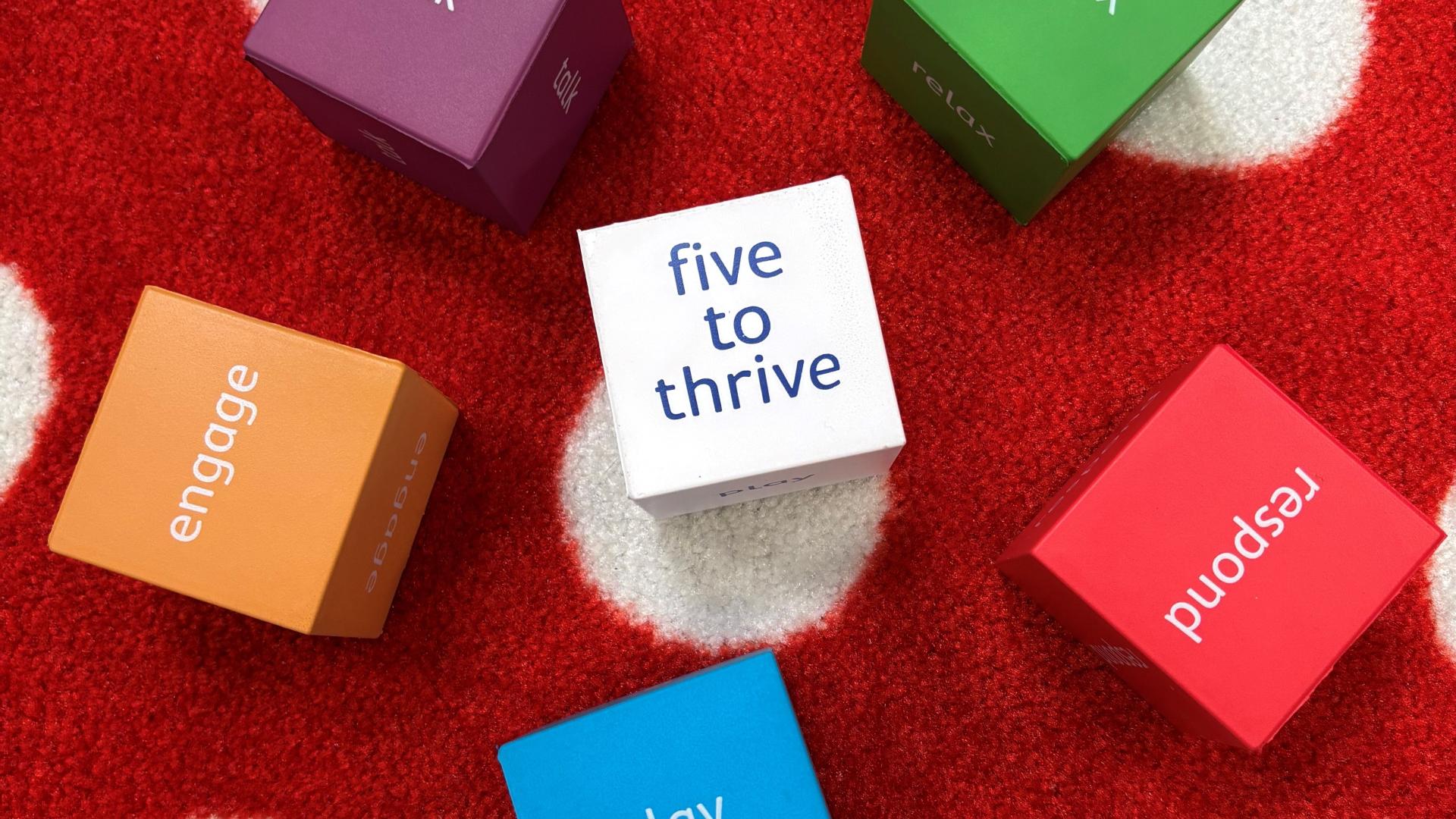
While Five to Thrive doesn’t solve financial hardship directly, it can be a powerful tool to help families manage stress, strengthen bonds, and support children’s emotional wellbeing during tough times.
Here’s how Five to Thrive supports financial stress when it's effecting the family:
🟥 Respond
✅ What this looks like:
- Staying emotionally available, even when you are stressed.
- Noticing when your child is worried or acting out because they sense tension.
- Offering comfort and reassurance: “I know things feel hard right now. You are safe and loved.”
✅ Why it matters:
Children often pick up on anxiety but don’t understand it. Responsive care helps them feel secure even when circumstances are uncertain.
🟧 Engage
✅ What this looks like:
- Spending positive time together that doesn’t cost money (walks, playing games, cooking together).
- Keeping routines to create stability.
- Staying connected to supportive people or community services.
✅ Why it matters:
Engagement helps protect against feelings of shame, isolation, and fear that often come with financial hardship.
🟩 Relax
✅ What this looks like:
- Building calming moments into your day—deep breaths, quiet time, bedtime stories.
- Finding ways to self-regulate so you can be present for your child.
- Encouraging relaxation for your child, even in stressful times.
✅ Why it matters:
Stress impacts everyone’s nervous system. Relaxation routines help keep anxiety from escalating.
🟦 Play
✅ What this looks like:
- Free or low-cost play: drawing, singing, park visits, imaginative games.
- Using play to strengthen relationships and let off steam.
- Finding joy together, even during hardship.
✅ Why it matters:
Play builds resilience and supports healthy brain development—especially important in adversity.
🟪 Talk
✅ What this looks like:
- Talking honestly (in an age-appropriate way) about what’s happening.
- Naming feelings: “We don’t have much money for treats right now. That feels hard.”
- Reassuring your child that it’s not their fault.
✅ Why it matters:
Talking helps children process worries and feel included rather than confused or afraid.